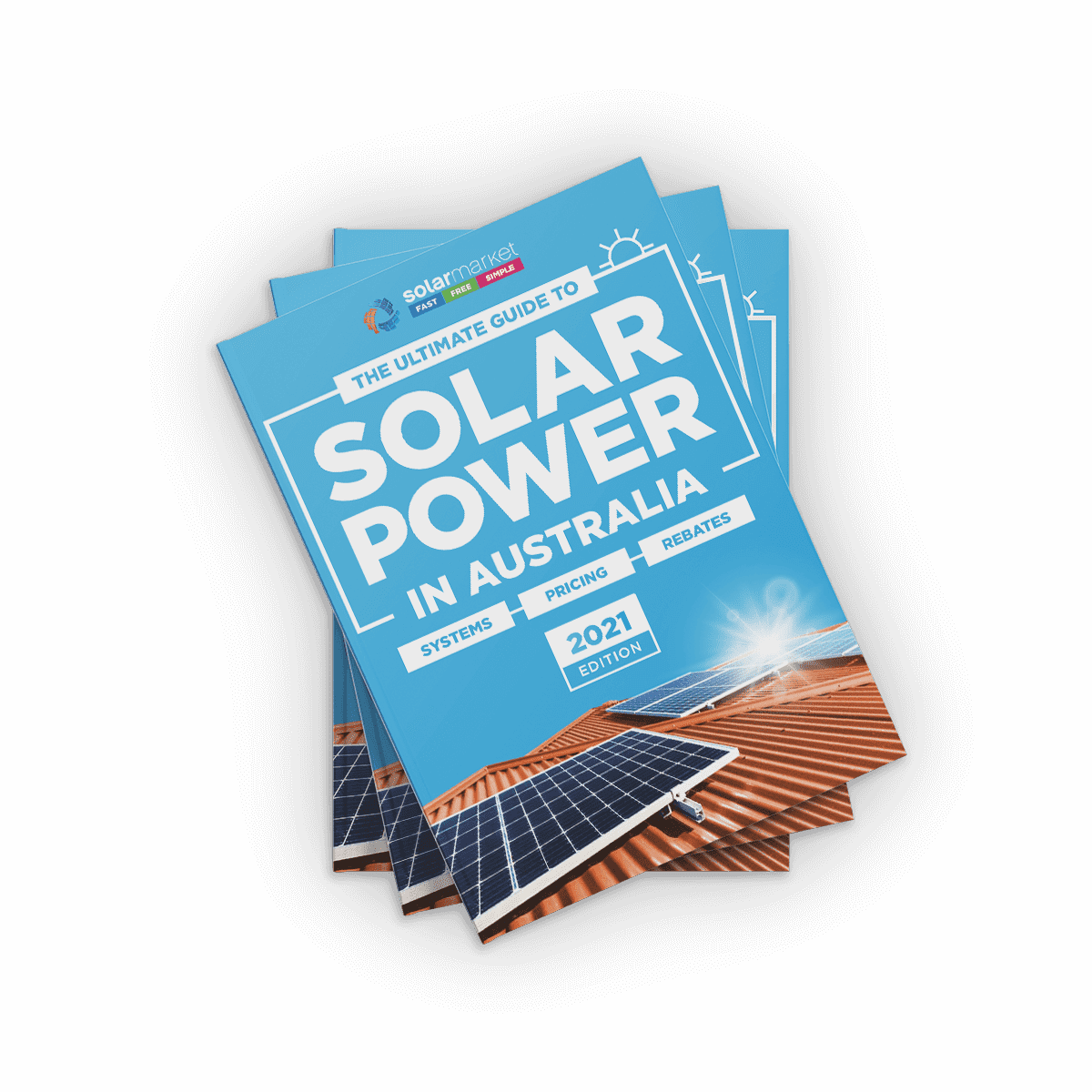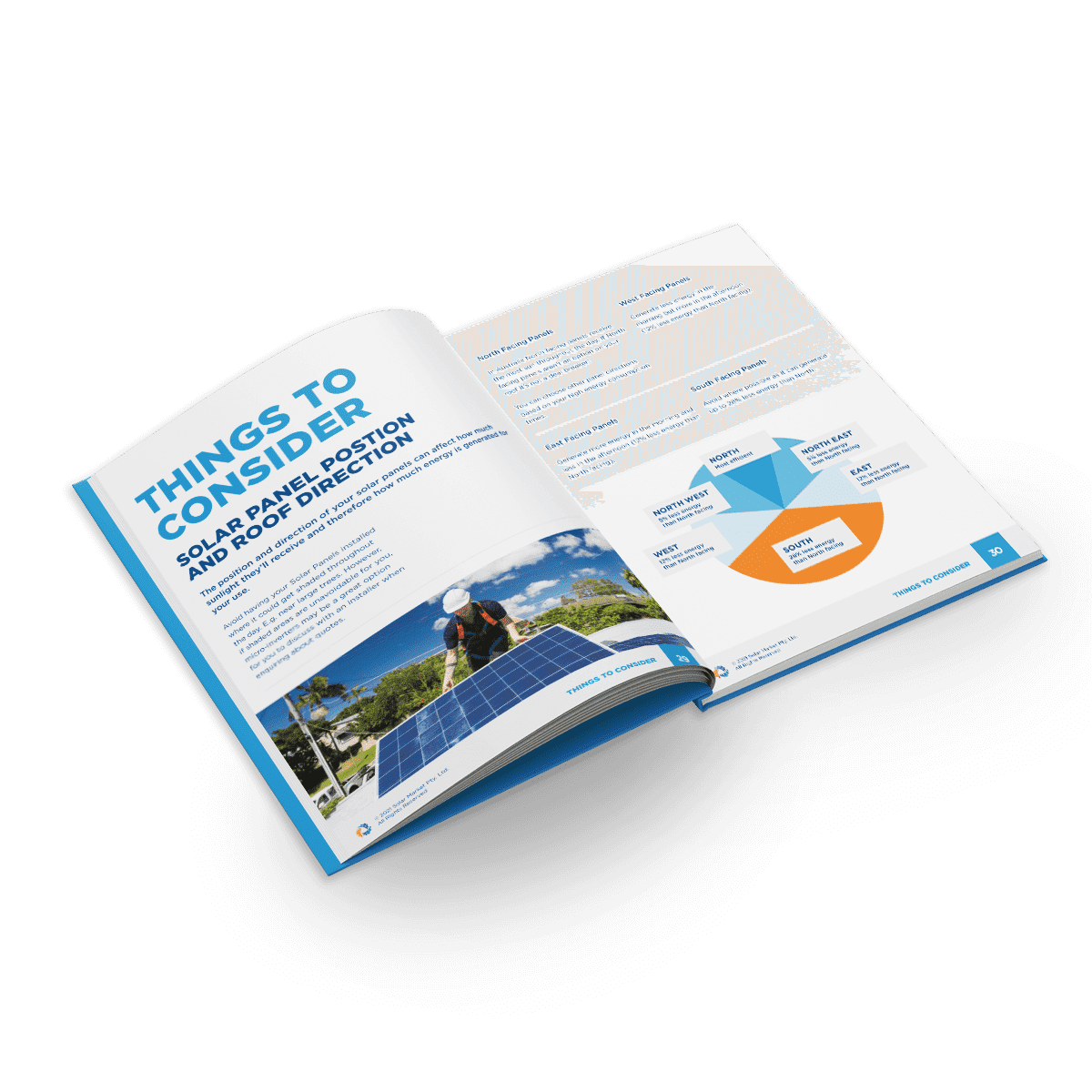In Australia grid-tie solar PV systems are the most common solar system setups for residential properties, due to the impracticality of off-grid solar systems in many metro and suburban areas, as well as the lengthy return on investment that remains for battery storage which is an essential component when going off-grid.

For those that are contemplating grid-connected solar power, you’ll benefit from reading “what components, you’ll need for a quality grid-connected solar PV systemâ€Â, on top of this you will also want to understand the National Energy Market (NEM) in Australia and how the electricity grid works.
Knowing the ins and outs of the NEM will help you better comprehend how Feed-in Tariff rates work, as well as what happens to the excess energy generated from your solar PV system.
What is the National Energy Market?
The National Energy Market (NEM) is the structure of the Australian electricity sector and the connection of the electricity grids across six eastern and southern states and territories in Australia, delivering around 80% of electricity consumption across the country.
(Western Australia and Northern Territory have a separate electricity network and regulatory arrangements).
The NEM is a wholesale electricity market and facilitates the trade of electricity between generators, distributors and retailers. This electricity is then supplied to our households or businesses and is what we pay for when we receive our electricity bills.
Transfer of electricity within National Energy Market
The process and production of electricity starts at power-stations where generators use coal, gas, wind, water or the sun (solar) to produce electricity. This electricity is then sent to the grid where distributors who own and maintain the power lines and poles, sell electricity at a wholesale price to energy retailers, who then re-sell this electricity to households and businesses.

It is the Distributors’ role to transport electricity from generators to the households and businesses. Distributors are also responsible for the upkeep of poles and wires, meaning they are in charge and held responsible for any interruptions or faults in the network, such as blackouts and power outages.
Depending on your location in Australia Distributors will vary.
Retailers are energy companies such as Origin Energy, AGL, Energy Australia etc. They are responsible for connecting households and businesses to the NEM as well as provide billing and customer service.
Installing grid-connected solar PV system
When you install a grid-connected solar PV system, your household will have the ability to generate it’s own free electricity through the solar system as well as pull electricity from the grid as a secondary source, if the solar system has not produced enough energy.

In addition to this a grid-connected solar system has the functionality to feed excess energy generated to the grid. When this occurs the energy retailer buys this excess electricity at a feed-in tariff rate, which the household will receive as credit on their electricity bill.
Note: Environmental factors and weather conditions such as overcast or during the night will require your household to pull some electricity from the grid if you do not have battery storage. This is because solar systems require sunlight to produce electricity and can not store excess electricity without the addition of battery storage.
As the technology and uptake of battery storage gradually develops in Australia, it’ll become more common for grid-connected solar homes to install batteries and store excess energy generated by their solar systems. Being able to do this will further reduce reliance on the grid and greater decrease electricity bills. Those looking to install solar now but aren’t ready for battery storage have the option to buy hybrid solar systems, which are compatible to add battery storage should the household require it and when battery storage prices have decreased.









